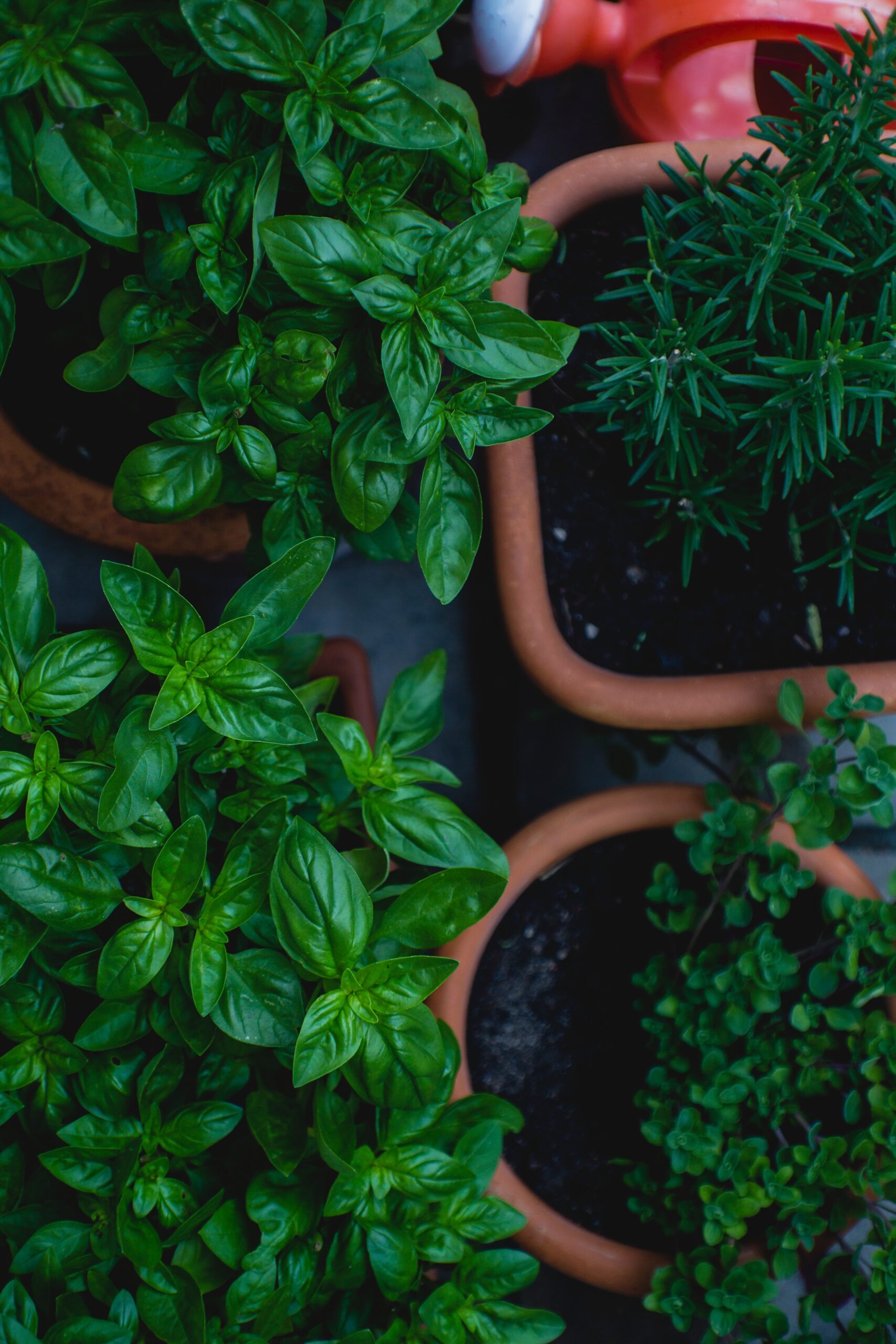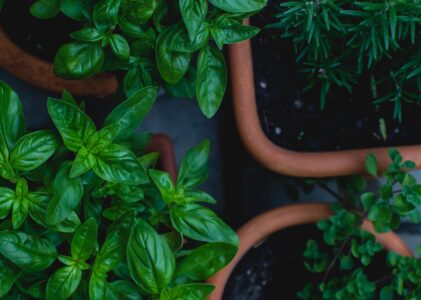Hey there, fellow urban gardener! One of the most important things I’ve learned in my gardening journey is that choosing the right plants is crucial for success, especially when working with limited space. In this article, I’ll share my favorite herbs, leafy greens, and compact vegetables that thrive in small gardens. Let’s dive in!
I. Herbs: Flavorful and Space-Saving
I absolutely love growing herbs in my urban garden! Not only do they add a fresh burst of flavor to my cooking, but they also make excellent space-savers. Some of my favorites include basil, parsley, cilantro, thyme and dill. Each herb has its own unique personality and growing requirements, but most are pretty low-maintenance and can be grown in containers or small garden beds.
When it comes to container gardening, I’ve found that using high-quality potting soil and ensuring proper drainage are essential. Keep an eye on your herbs’ water requirements, as some may need more frequent watering than others. And don’t forget about sunlight – most herbs love at least 6 hours of direct sunlight each day.
When it comes to harvesting, just snip off what you need, and they’ll keep producing all season long. Regular harvesting can also encourage bushier growth and prevent your herbs from becoming too leggy or flowering too soon. Trust me; once you start growing your own herbs, you’ll never go back to store-bought!
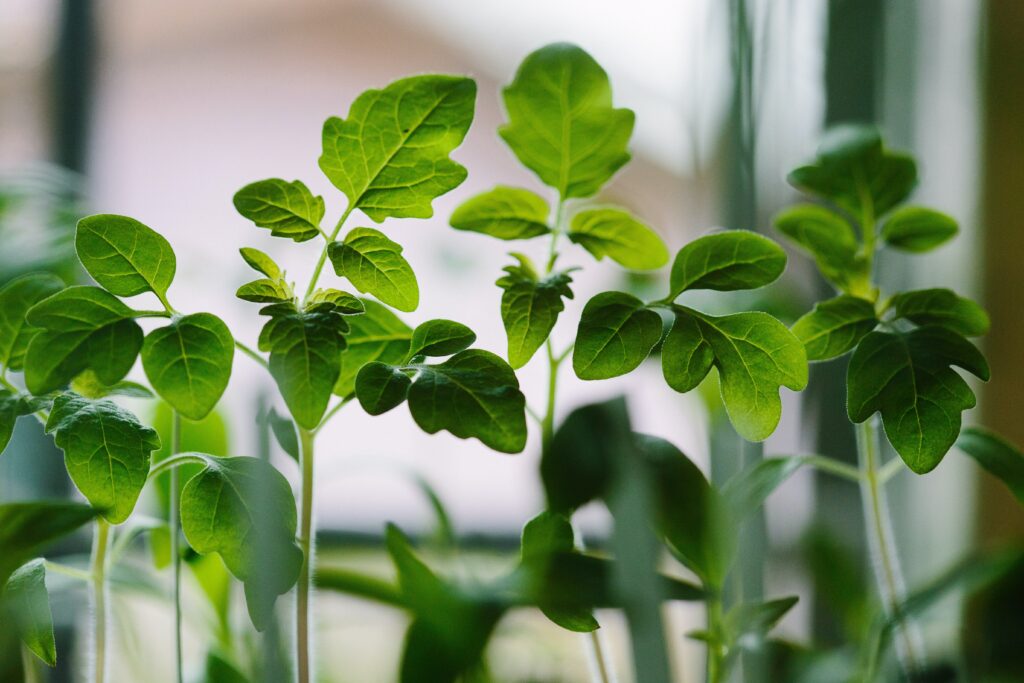
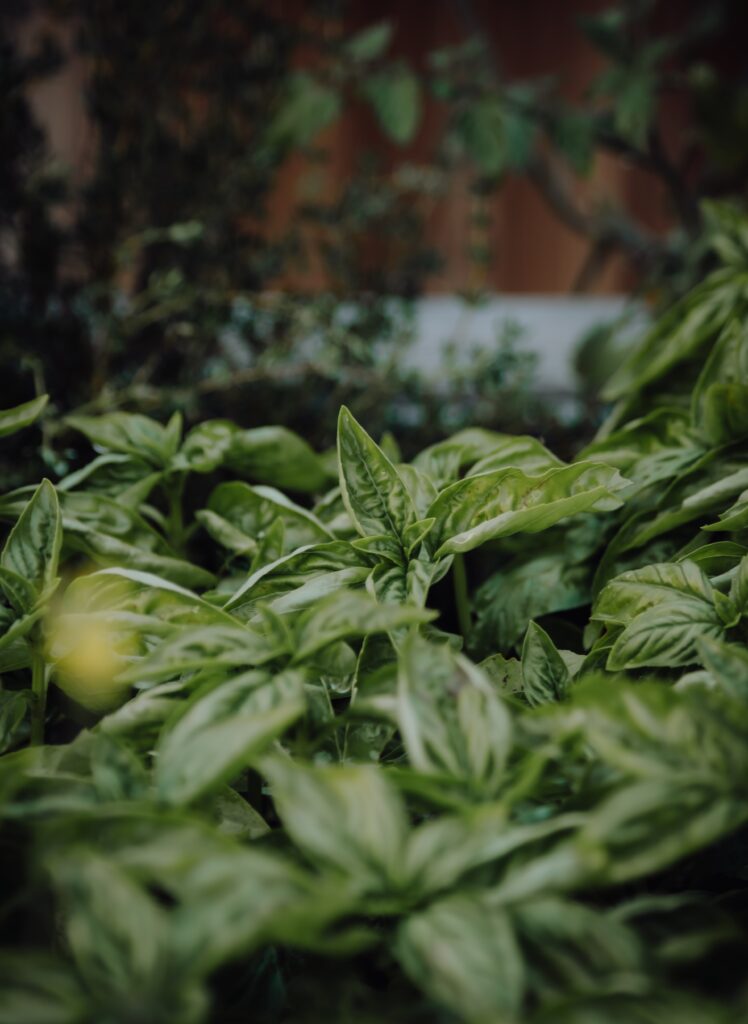
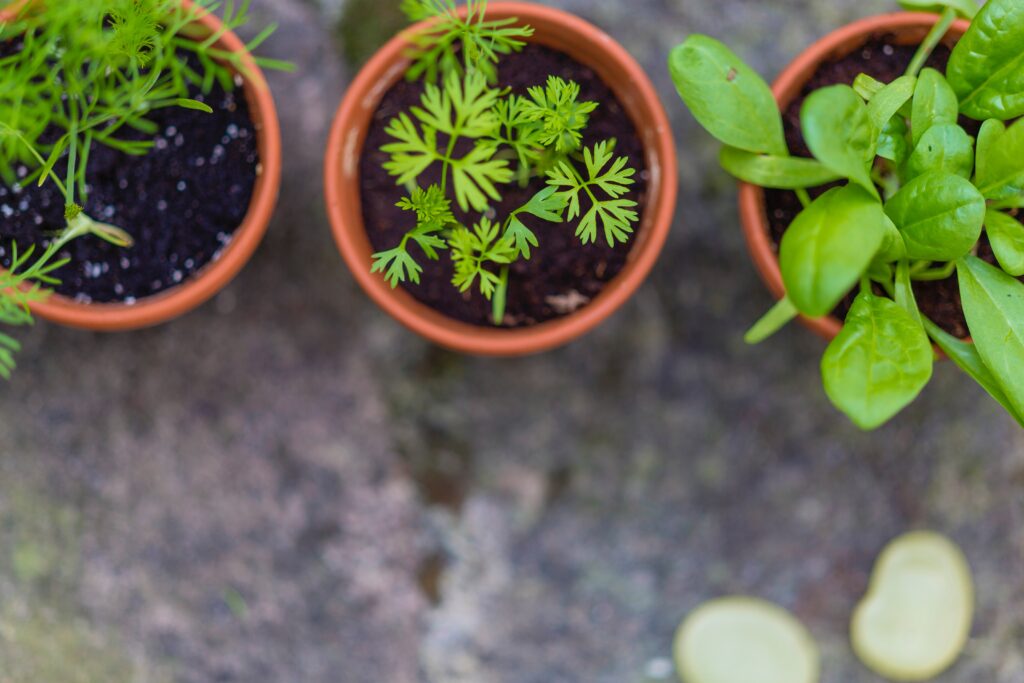
II. Leafy Greens: Nutritious and Easy to Grow
Leafy greens are another fantastic choice for small urban gardens. I’ve found that lettuce, spinach, and kale grow well in containers and raised beds, making them perfect for city dwellers. Most leafy greens prefer cooler temperatures, so they’re ideal for growing in spring and fall. Plus, many varieties are cold-tolerant, which means you can continue to enjoy fresh greens even during the cooler months.
When planting leafy greens, I like to mix different varieties to add visual interest and diverse flavors to my salads. Make sure to provide them with nutrient-rich soil and consistent moisture to ensure healthy growth. My favourite varieties of lettuce are romaine and butter crunch, they seem to handle my indoor and outdoor environment here very well. If you are growing outside, mulching can help retain soil moisture and keep the roots cool, especially during warmer months.
Growing leafy greens in my basement over the winter has been a total game-changer for my family. We can head downstairs to pick fresh romaine or buttercrunch lettuce, kale, or spinach whenever we want. There’s nothing like the fresh crunch of lettuce on a sandwich to brighten your day! The best part about growing leafy greens is their “cut-and-come-again” nature. You can harvest these nutritious greens multiple times by simply picking the outer leaves, allowing the plants to continue growing. This way, you’ll always have a steady supply of fresh, homegrown greens to enjoy.
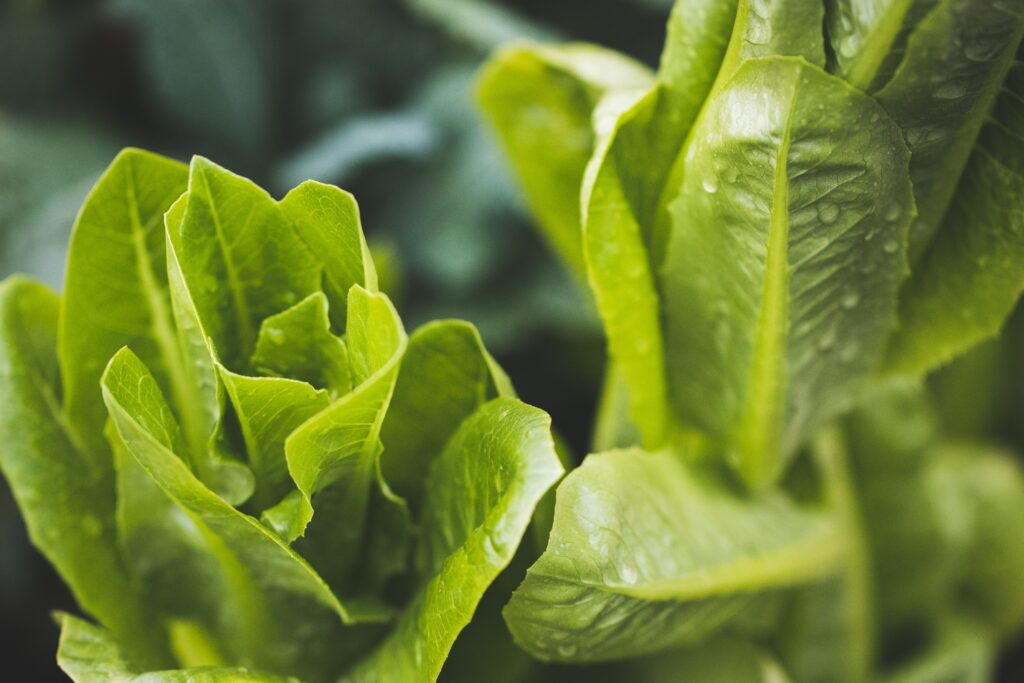
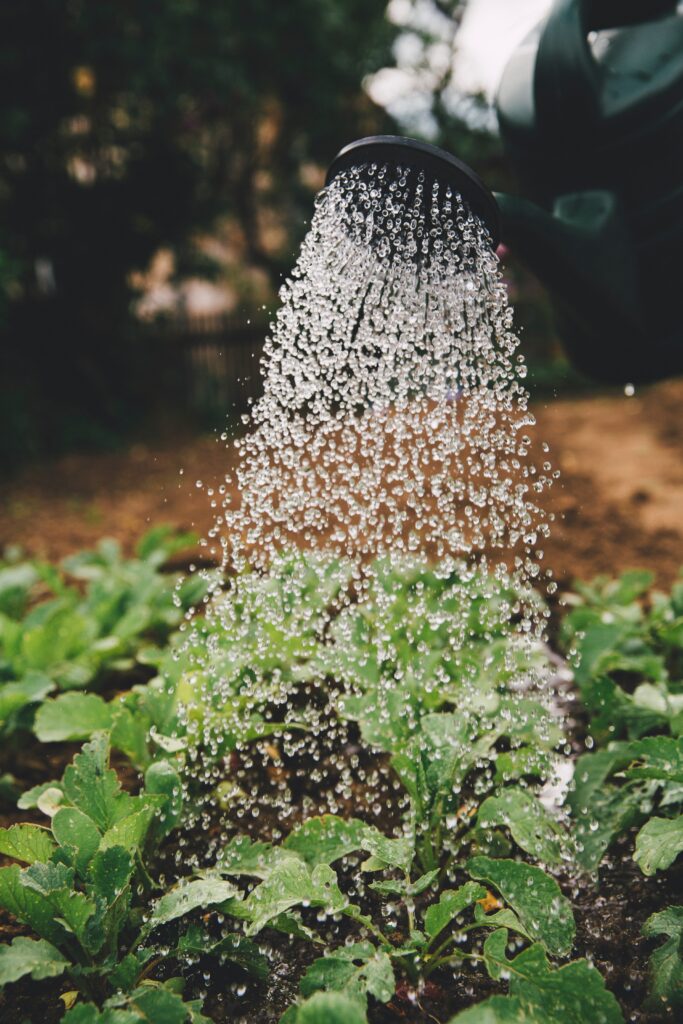
III. Compact Vegetables: Maximizing Yield in Minimal Space
Don’t let limited space stop you from growing veggies! I’ve discovered that compact vegetables like cherry tomatoes, radishes, and even dwarf varieties of peppers and eggplants can produce an impressive yield without taking up much room. Many of these vegetables can be grown in pots, hanging baskets, or vertical gardens, making the most of your available space.
Cherry tomatoes are one of my favorite compact veggies, as they are incredibly productive and add a burst of color to my garden. When growing cherry tomatoes in containers, be sure to use a large enough pot, provide a sturdy support structure, and keep the soil consistently moist. Radishes are another great choice, as they grow quickly and can be sown in shallow containers or mixed in with your leafy greens.
When growing compact vegetables, it’s essential to provide them with the right growing conditions, including proper sunlight, water, and nutrients. Regularly feeding your plants with an organic fertilizer can help ensure a bountiful harvest. And don’t forget to watch out for pests and diseases – catching issues early on can make a big difference in the health and productivity of your plants.

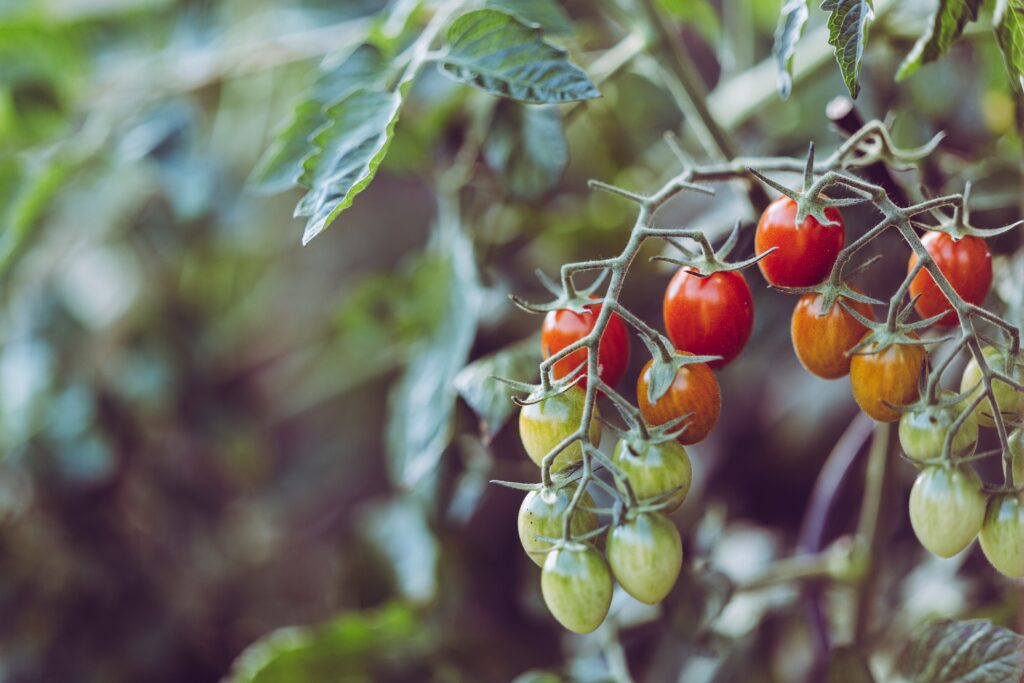
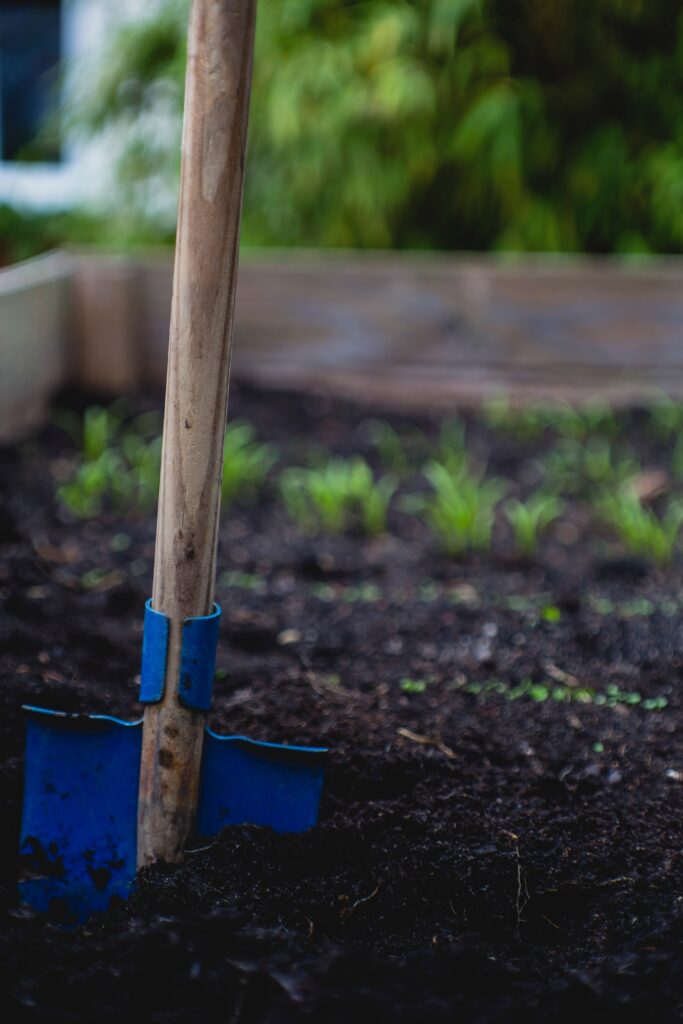
IV. Understanding Local Conditions and Selecting the Right Plants
It’s essential to consider your local climate and growing conditions when choosing plants for your urban garden. I’ve found that understanding my growing zone and selecting plants that thrive in my area make a huge difference. You can find your growing zone online, and this will give you a better idea of the plants that will do well in your specific location.
When researching plants, I like to look at their light, water, and space requirements, as well as their compatibility with my local growing conditions. This helps ensure they’re happy in my urban oasis. For example, if your garden area gets a lot of shade, consider growing plants like lettuce, spinach, or mint that can tolerate lower light levels.
Experimentation is also a key part of urban gardening. Sometimes, you’ll find that certain plants do surprisingly well in your space, even if they’re not typically recommended for small gardens. Don’t be afraid to try new things and adapt your garden based on your personal experiences and observations. This will help you develop a garden that is uniquely suited to your individual circumstances.
Conclusion
So there you have it! By choosing the right plants, like herbs, leafy greens, and compact vegetables, you can create a flourishing urban garden in even the smallest of spaces. I encourage you to give these plants a try and see what works best for your unique situation. Feel free to share your experiences and favorite plants for urban gardens in the comments below. Happy gardening!
